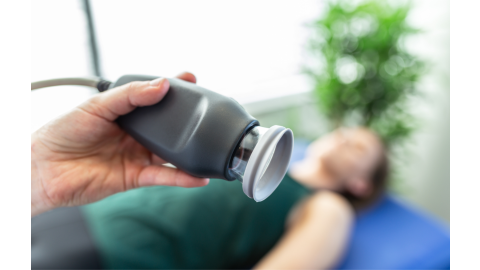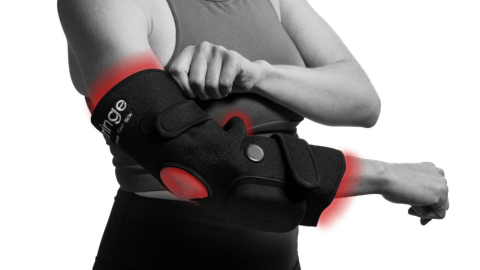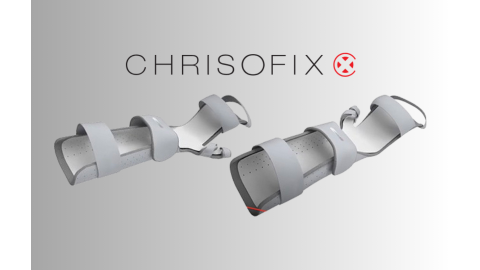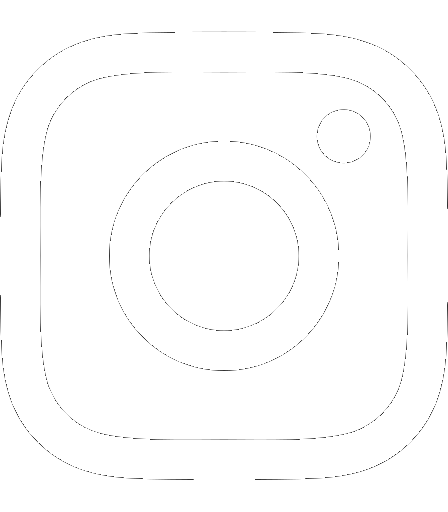Caring for Yourself
What is dysphagia?
Dysphagia is any type of swallowing disorder that prevents food and liquids from properly passing from the mouth, through the throat, and into the stomach.
What are the symptoms of dysphagia?
After observation and testing, a speech-language pathologist (SLP) will diagnose dysphagia in patients who show symptoms of swallowing disorders, including:
- Persistent cough, especially after eating or drinking
- Greater time taken to eat, drink, chew, or swallow
- Recurrent pneumonia due to aspiration (food/drinks getting trapped in the airway)
- Weight loss, poor nutrition, or dehydration
Dysphagia occurs at one of three phases:
- Oral Phase: affects the ability to chew, suck, or move food into the throat
- Pharyngeal Phase: affects the ability to swallow, move food through the throat, or prevent aspiration
- Esophageal Phase: affects the ability to push food through the esophagus and into the stomach
What causes dysphagia?
Dysphagia is often caused by damage to the nervous system from an injury, disorder, or disease. Some common causes of dysphagia include:
- Brain or spinal cord injury
- Parkinson’s disease
- ALS or Lou Gehrig’s disease
- Muscular dystrophy
- Multiple sclerosis
- Alzheimer’s disease
- Stroke
How to Manage Dysphagia Symptoms
Efficient Eating & Drinking Positions
Symptoms of dysphagia can be managed with modified eating and drinking positions that allow for easier chewing and swallowing. For example, when eating or drinking, an individual with dysphagia should always sit upright at a 90º angle to reduce the risk of aspirating the food or liquid. For those in a hospital bed or geri chair who cannot sit up, a wedge pillow is recommended for better positioning. Additionally, wedge pillows can help position individuals who tend to lean over onto their weaker side when sitting upright.
Nosey Cups
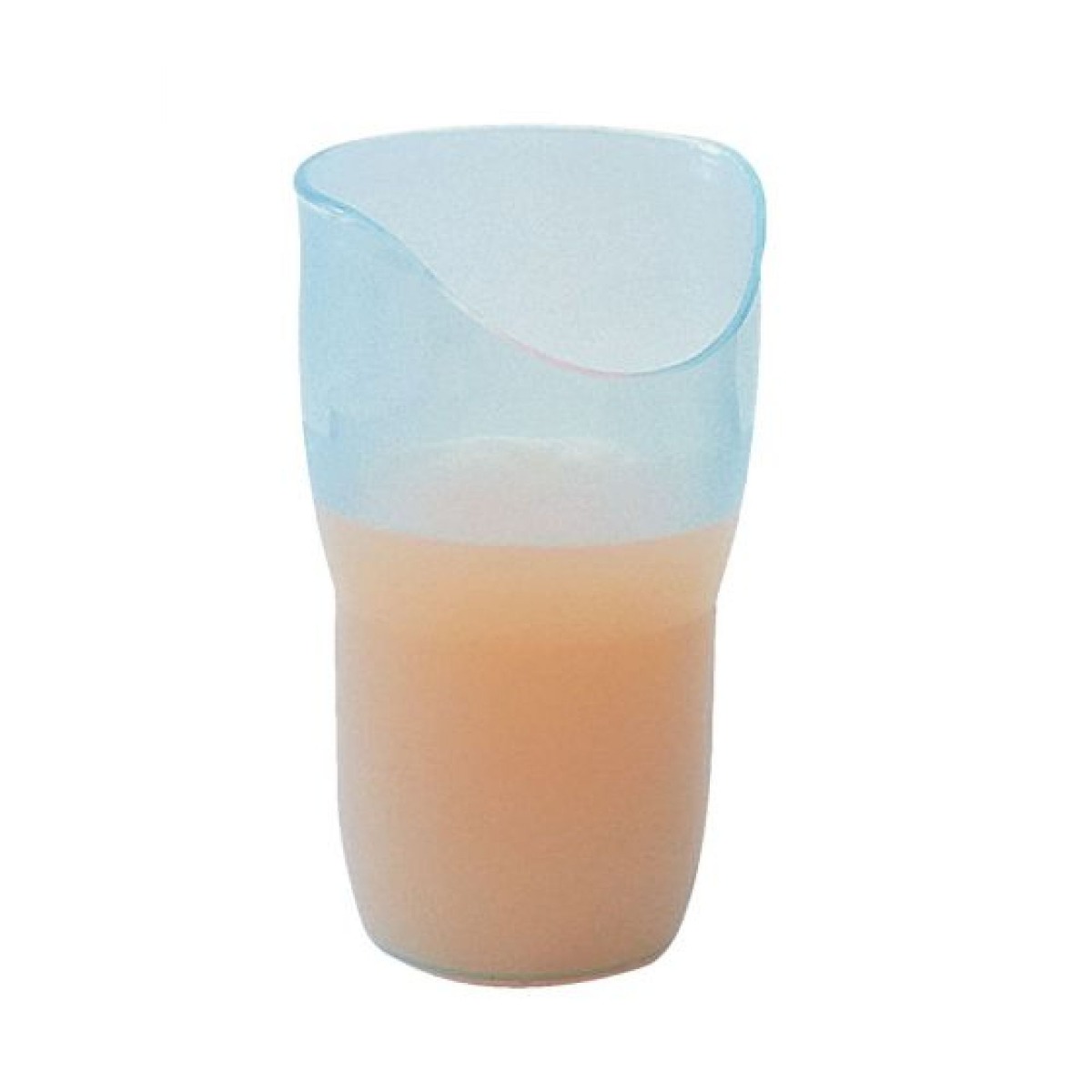
When an individual with dysphagia drinks from a normal cup, they tilt their head back. This is a concern because it causes liquid to enter the respiratory tubes and puts the person at risk of choking.
These unique Nosey Cups feature a cutout on the non-drinking side, so the cups can be tilted without interference by the nose. This prevents the drinker from tilting back, keeping the respiratory tubes closed.
Treating Dysphagia
Treatment of dysphagia should always be conducted under the observation of an SLP. Once an SLP has diagnosed the issue and determined its severity, they may use a variety of exercises and products to improve the individual’s condition.
At-Home Exercises for Dysphagia
To decrease the chances of aspiration, an SLP may recommend specific exercises to strengthen the throat muscles.
Muscle Strengthening: EMST 150
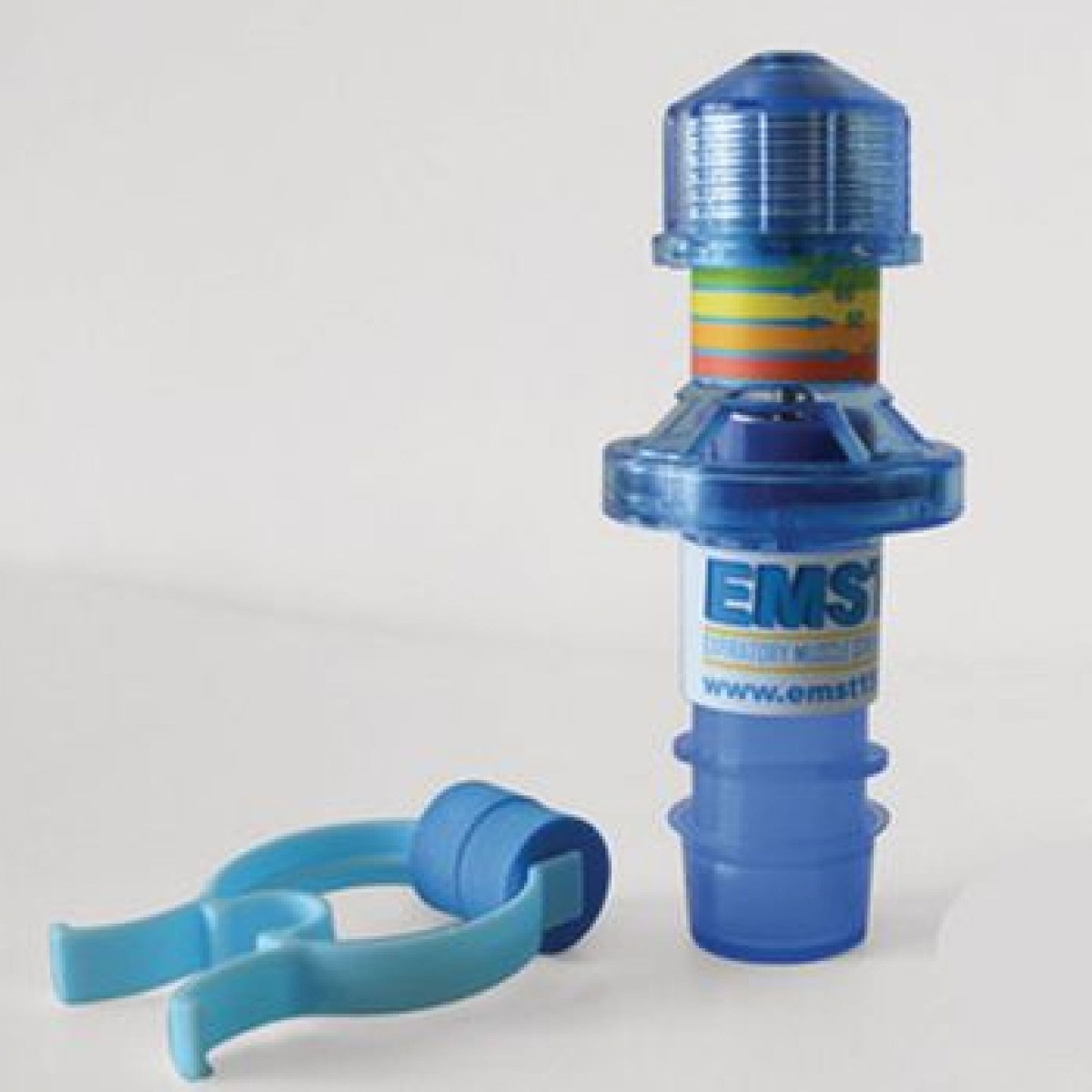
The Expiratory Muscle Strength Trainer, or EMST as it is commonly referred, is clinically proven to strengthen the throat muscles to improve breathing, coughing, swallowing, and speech.
While many products are available to manage the symptoms of dysphagia, this effective instrument helps the user develop greater control of the muscles responsible for chewing and swallowing food.
Electrotherapy: VitalStim Plus
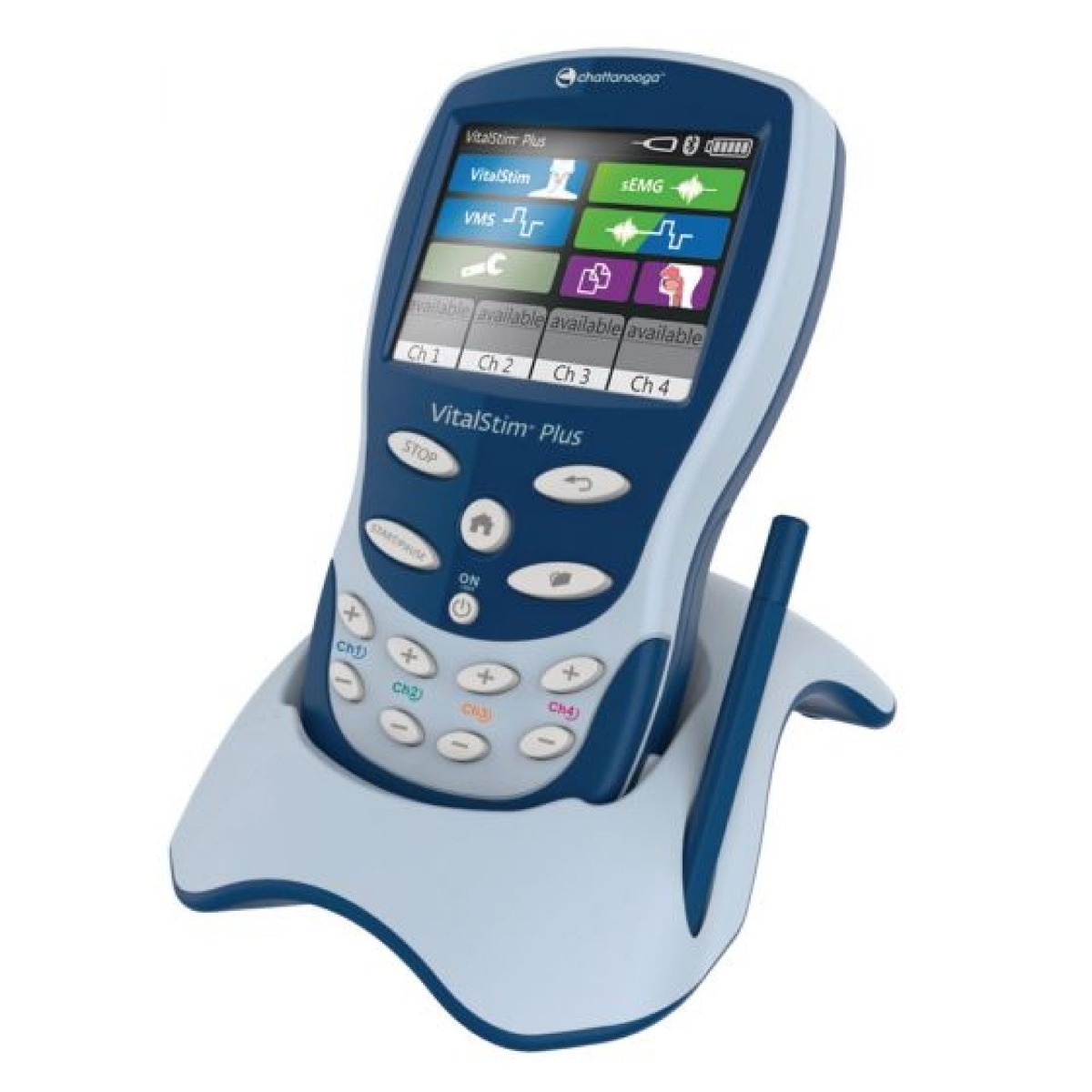
Under the guidance of a clinician, patients can use electrical stimulation therapy to re-educate the throat muscles needed for swallowing.
The VitalStim Plus is equipped with preset programs, or it can be customized based on specific patient needs. Biofeedback and visuals encourage engagement and achievement of therapy goals.
Dysphagia can make eating and drinking difficult, but with the right tools and therapy, you can enjoy mealtimes again.
Medical Disclaimer: The information provided on this site, including text, graphics, images and other material, are for informational purposes only and are not intended to substitute for professional medical advice, diagnosis or treatment. Always seek the advice of your physician or other healthcare professional with any questions or concerns you may have regarding your condition.

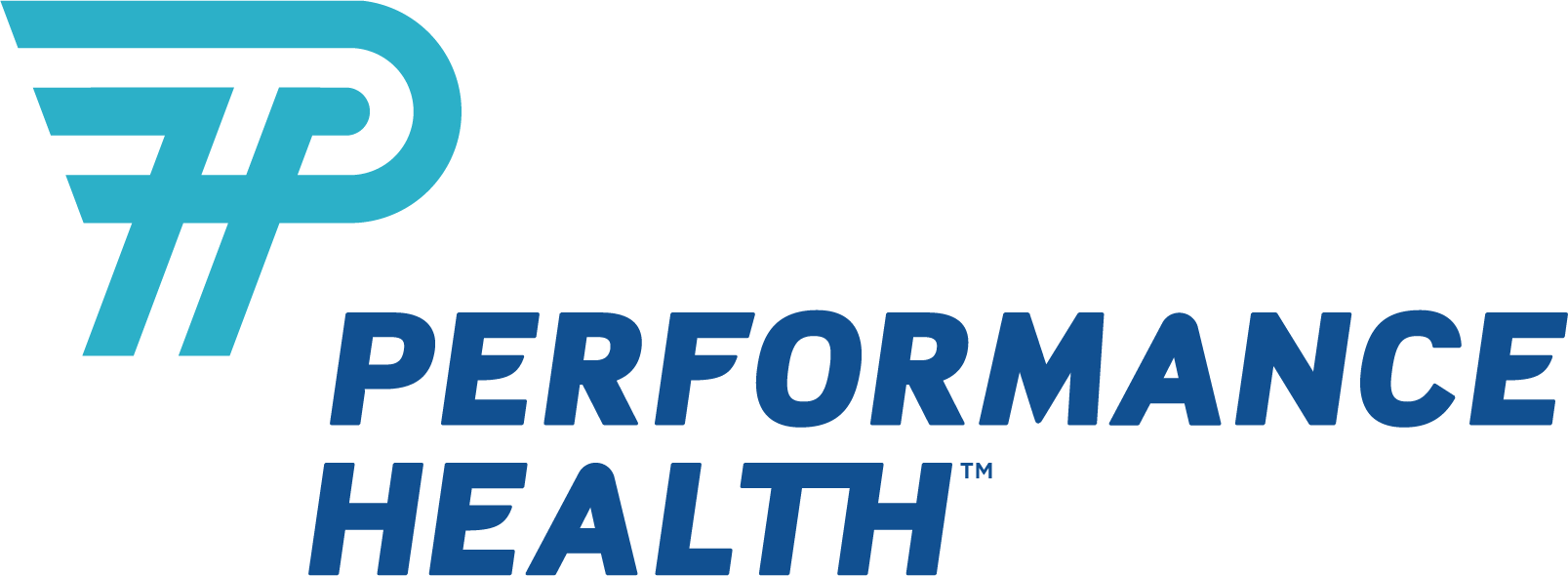






 France
France Australia
Australia
